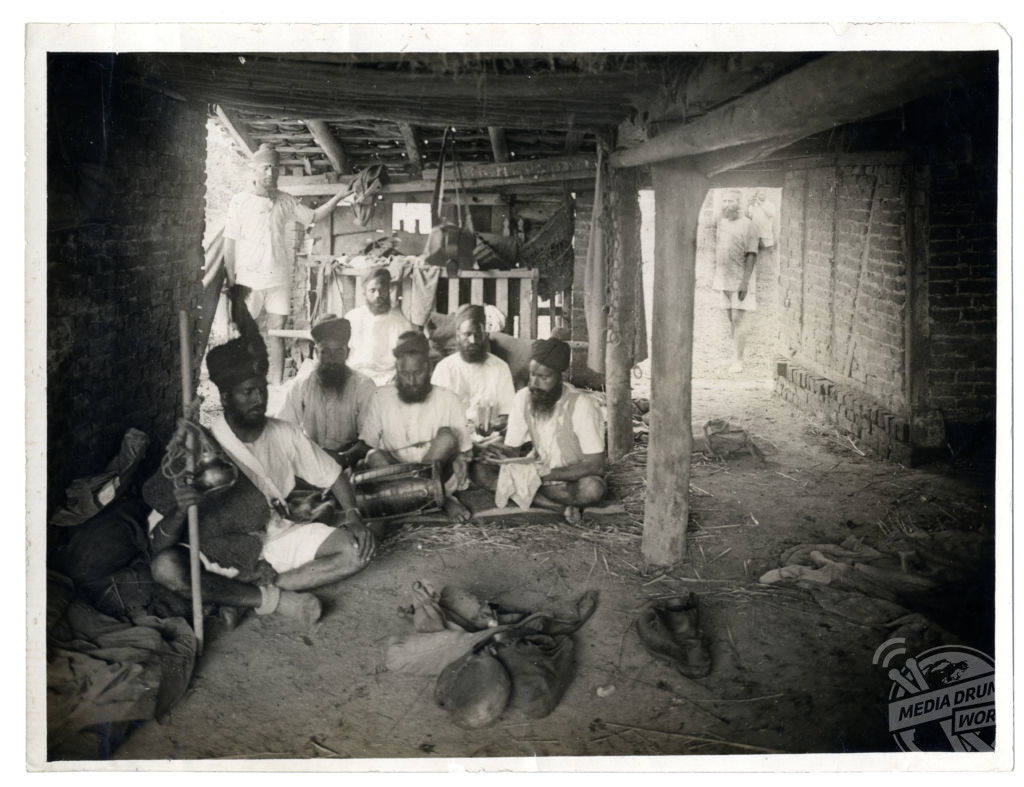
By Alex Jones
REMARKABLE photos show the sacrifices made by the forgotten heroes of the First World War, the frequently overlooked Indian soldiers who fought and died for the British Empire.
Incredible images show Gurkha soldiers who have paid the ultimate price in an assault on a German trench in France, masked Indian soldiers nervously awaiting an incoming gas attack, and a group of Sikh men performing religious chants in the shelter of a dilapidated French barn.
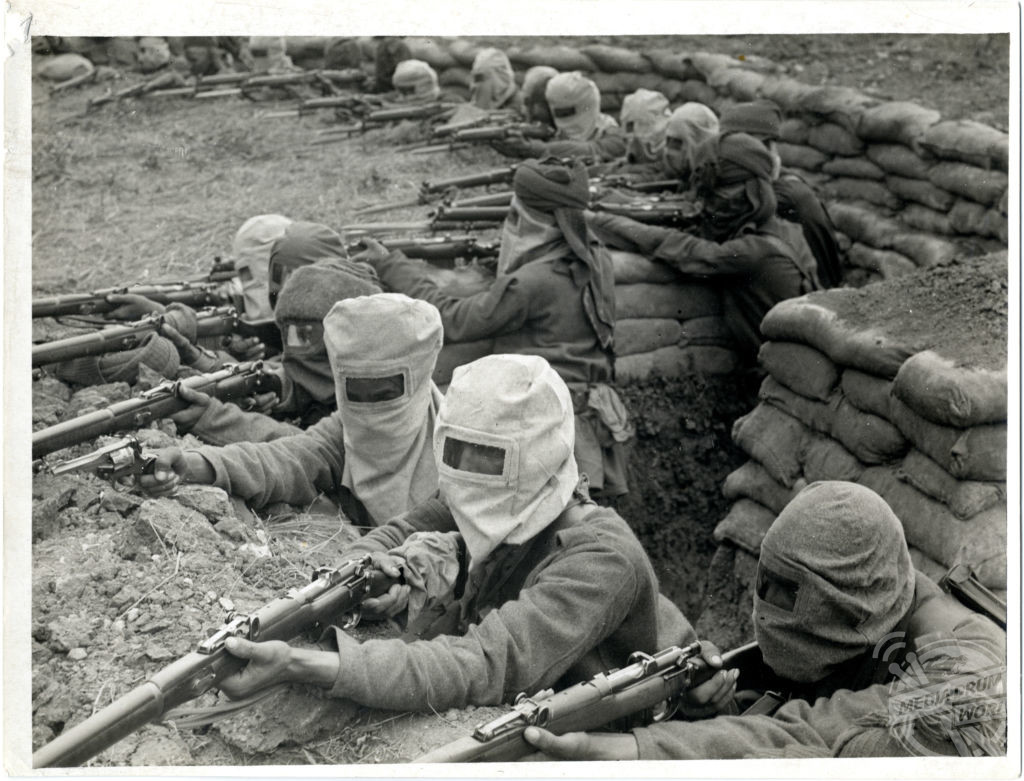
Staggeringly, nearly 1.5 million Indian soldiers fought in the First World War, risking their lives to protect the British Empire. But the sacrifices of those brave men is rarely remembered today.
Approximately 10 percent of the soldiers, involved in an alien conflict in a faraway and unfamiliar land, were casualties of the war, with around 75,000 men (and very occasionally women) never returning home to their homeland and their families.
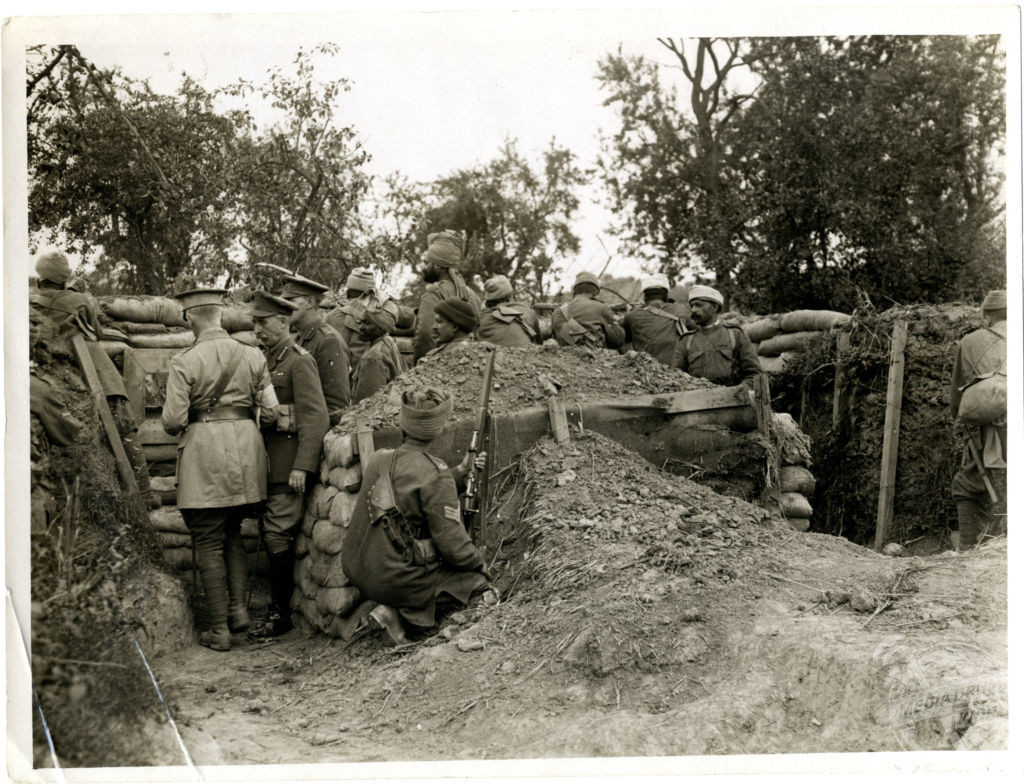
In the early years of the war, Muslim, Sikh and Hindu men from regions such as the Punjab, Uttar Pradesh, Maharashtra, Tamil Nadu and Bihar volunteered in the Indian Expeditionary Force, which saw fighting on the Western Front, in East Africa, Mesopotamia, Egypt and Gallipoli.
In particular, the experienced soldiers who fought in France in the war’s early years were crucial – holding back waves of German attacks whilst the British were still recruiting and training their own forces.
The Indian force fought bravely and twelve Victoria Crosses were awarded to Indians after the War – six were for those who had fought on the Western Front.
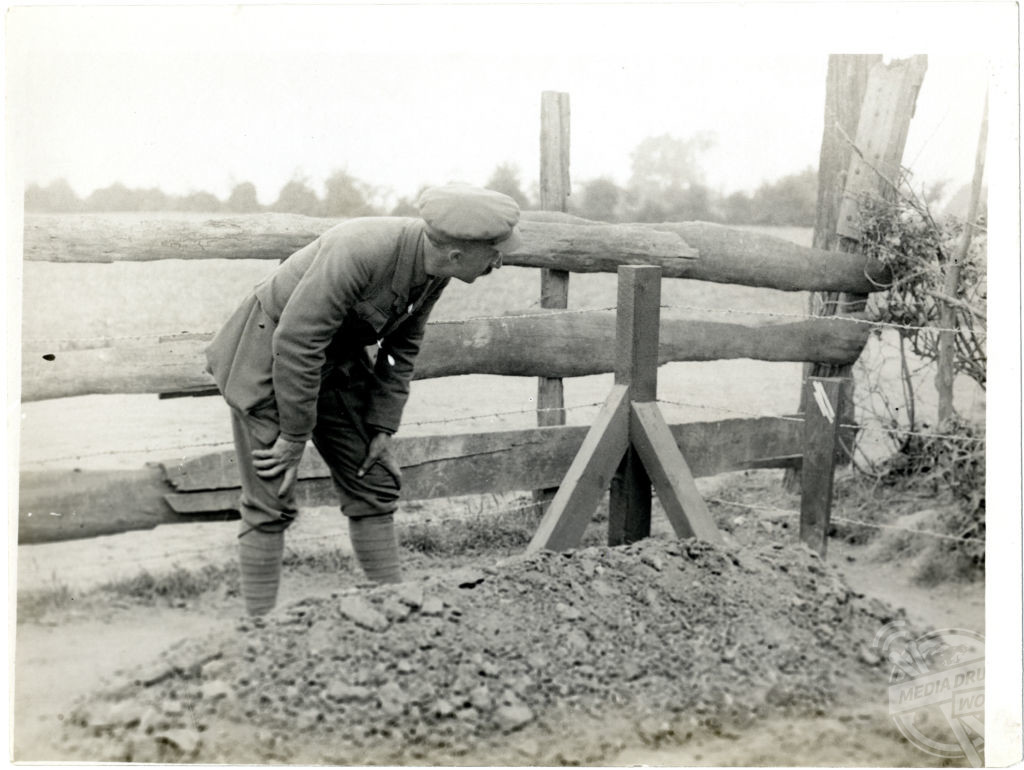
But history has mostly forgotten these sacrifices, which were rewarded with broken promises of Indian independence from the British government.
For India, the First World War meant that many of their countrymen were sent to die on a battlefield thousands of miles away from them, and taxes were ramped up to pay for the British war effort. The unrest the Great War caused in India was key to forming the independence movement which came some thirty years later (1947).
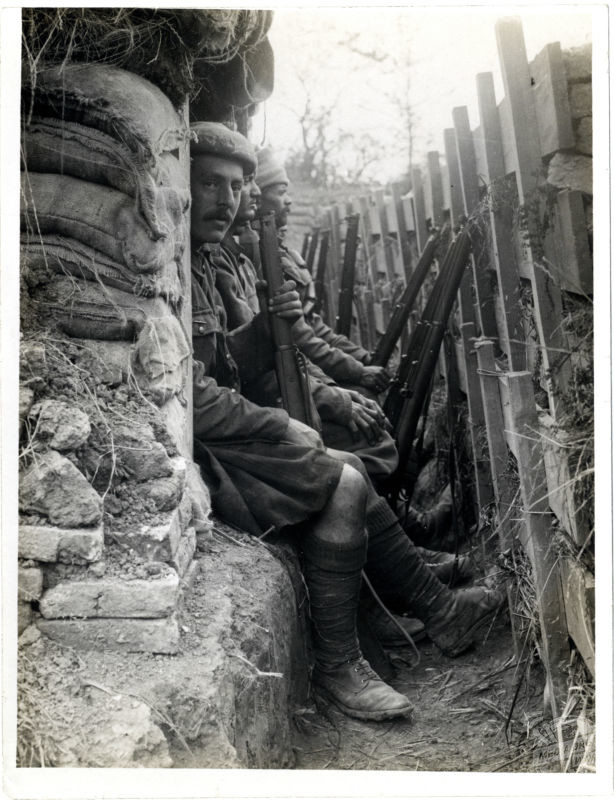
Having made huge sacrifices and demonstrated military valour equal to that of European soldiers, Indians widely expected a transition to self-government. These expectations were shared by nationalist leaders such as Mahatma Gandhi but were dashed by the extension of martial law at the end of the conflict by the British Government.
Following the war, Gandhi launched his first India-wide campaign of civil disobedience against British authority in February 1919.
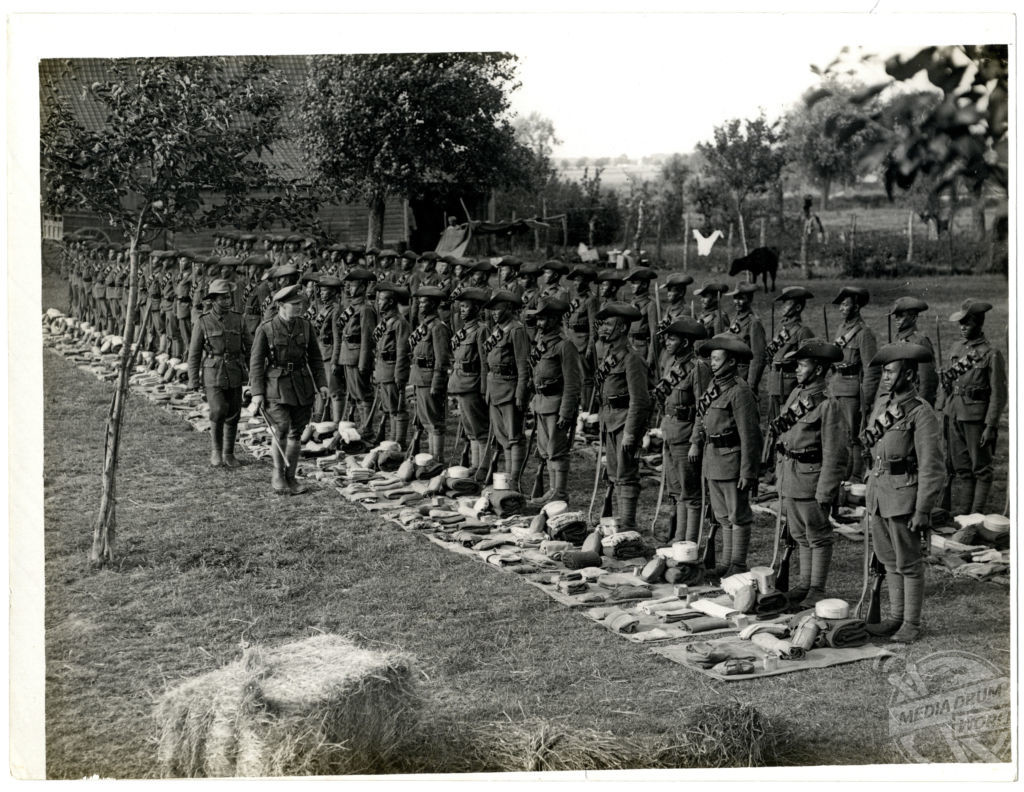
The striking photos involving the Indian forces were captured in 1915 by the Canadian-born photographer Charles Hilton DeWitt Girdwood.
In April 1915, Girdwood was commissioned by the India Office in London to produce the official war record of Indian and British troops on the Western Front in France and Belgium.
He also took photos of Indians who were sent to England’s south coast to recover from serious injury.






